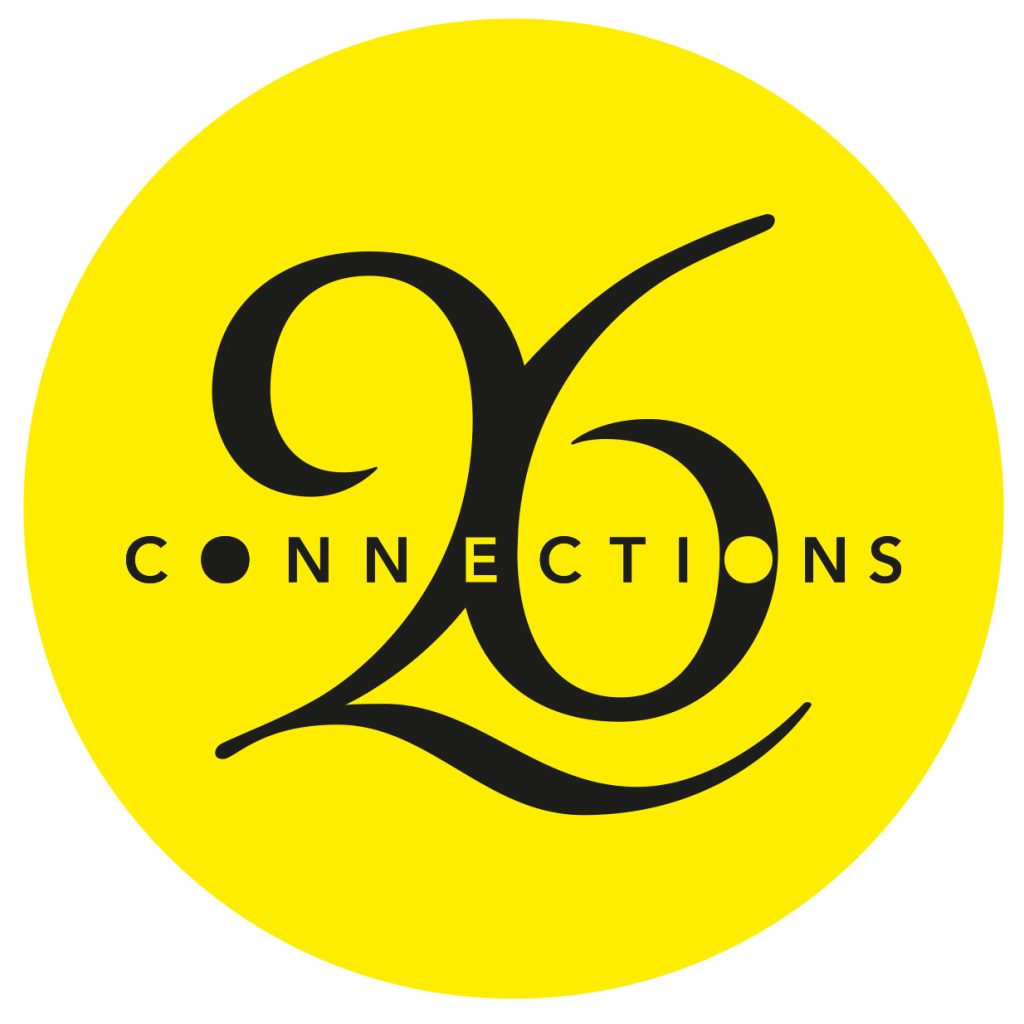John Simmons, paired with Jacob Sam-La Rose
Mandala
Jacob and I had been talking about this project for months – actually it might have been years. Now it had become a reality, so we met in March near London Bridge to swap first thoughts on the theme ‘human.kind’. I remember quoting from Hamlet “a little more than kin”, with Jacob suggesting references to many poets. As things progressed after that, mainly by email, we engaged in a dialogue in which we sent each other drafts of poems, free-writes, ideas, more references (in Jacob’s case, dauntingly for me, to Euclid and Einstein). To which I raised CP Snow’s ‘two cultures’ as explanation if not defence. And, I see from notes from a November conversation, we’d even talked about Janus (the god who faces two ways) at a very early point in the process.
Jacob sent me a prose poem, in response to a sestude I’d written about ‘kin and kind’. His prose poem came back with thoughts relating to Buddhist thinking (‘the key has no value, absent of its lock’). With my head swirling a little, he also sent me an extraordinary poem by Tyehimba Jess as part of our shared commitment to push further, to be ambitious, to embrace curiosity. Partly as a response to this, I wrote a poem that began ‘Janus knocks at the door’. Perhaps that poem, with Janus playing his dual role of entrance/exit, could be central to a surrounding sequence of poems, like the snake swallowing its tail?
By this point we had several draft poems written, and the idea of a shape. Jacob took on the tricky task of seeing if our poems could be put into a visual form to reflect our thinking about curiosity, ambiguity, oneness, searching for meaning in ‘human.kind’. ‘Each notion has its Janus face’, Jacob wrote. Weeks had been passing, with each of us having stresses in our personal lives that might just have added to the feeling of emotional intensity needing to be met with calm contemplation.
Jacob had been thinking about the figure of the Ouroboros, ‘pushing some language around, happy with the way we’ve struck out beyond the initial starting point of kin(d)’. The poem Olio by Tyehimba Jess became more of a reference point, the extraordinary story of conjoined twins, a sonnet sequence that can be read in various directions. Could our pieces sit in conversation with each other, be read in different directions, Janus-like?
I suggested the Janus poem could provide the door and the key; sitting at the centre, with four doors/exits/entrances from each stanza. Jacob replied: ‘this is exciting’. Some days later, having sent a nudging reminder to the group that time was flying, he emailed that he’d been ‘teasing around some blocks of text on a canvas’. The poems were morphing into a circular form around the centred Janus poem. I felt: ‘this is very exciting’. Jacob had typographic/technology skills that I lack, and his arrangements were transforming the separate poems into a coherent, collaborative whole.
When I opened the next email on deadline day, our poem was nearly there in a form that seemed to me visually pleasing and original. Had we stumbled upon this visual poetic form or was it always part of Jacob’s intention?
I wrote to Jacob: ‘It reminds me a little of an overhead architectural plan of an ancient temple, there is something spiritual in the look of it. Perhaps a mandala, but a mandala of words not symbols. Which perhaps relates to your use of the word ‘koan’ – Buddhism, Hinduism or simply the spiritual journey of no particular faith to gain understanding, to find enlightenment.’
‘Have we come on a spiritual journey? Are we inviting the reader to go on such a journey with the poem? In a sense it doesn’t matter, this is just a route to meditation and contemplation, not to find answers.’
“A mandala takes the form of a square with four gates”. Containing an inner core, a centre point. I’m not sure if you intended to create a mandala, Jacob, but it seems like one to me. The four gates are there and with them, and the central poem, comes the question ‘what’s the right way in?’ Reader, you choose, ‘For every inside, there’s an out’.’
We had arrived at a common point, a shared attachment to what Jacob had called ‘celebrating our capacity for curiosity’. With curiosity we had explored different faith systems and philosophies while not trying to push towards a particular faith. Is that the essence of “human.kind”? To explore, be curious, see other possibilities? A capacity to see the opposite, to see the beauty in ambiguity?
The poems are being displayed as part of the 26 Connections exhibition during the Bloomsbury Festival and until mid-November. The exhibition features interpretations of the poetry by artists from the Lettering Arts Trust. The exhibition is free at the Building Centre, 26 Store Street, London WC1E 7BT

